
drag badge here
ihatecentipeeds
gamer level 6
6727 xp
6727 xp
followers
13
13
Use my invite URL to register (this will give me kudos)
https://boardgaming.com/register/?invited_by=ihatecentipeeds
profile badges
...
...
...
...
recent achievements

Gamer - Level 6
Earn Gamer XP to level up!
Earn Gamer XP to level up!

The Bronze Heart
Give 10 Bronze Hearts to games that you like.
Give 10 Bronze Hearts to games that you like.

Inspector
Follow a total of 30 games
Follow a total of 30 games

Explorer - Level 4
Earn Explorer XP to level up by completing Explorer Quests!
Earn Explorer XP to level up by completing Explorer Quests!








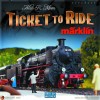

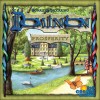







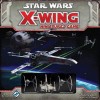
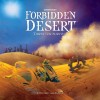


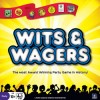



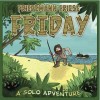



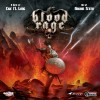









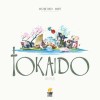
















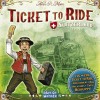
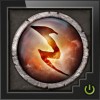

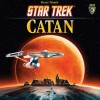





















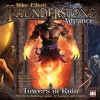



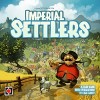

Race for the Galaxy
Race for the galaxy is,at its heart, a tableau building game with a strong sci fi theme. Similar to other games in the genre (like 7 wonders) it pits players against each other in a bid to quickly and efficiently build the most impressive space faring civilization.
Each round the players will choose one of several possible options. They will draw cards (explore), play a development card, settle a planet, sell resources (for points or cards), or produce resources. The game is fairly quick moving with little downtime as players choose and play their action simultaneously. Another mechanic that helps ,is that although players will gain a benefit from their choice, each other player also gets to take this same option.
Race for the galaxy plays equally well from 2 up to 4 players. Since there is very little direct action between players (no attacking) it really does feel like a race. Players must use the cards in their hand to pay the cost of the item. This means cards are the actions you take as well as the resources you use to pay for them. This can lead to some agonizing choices as you are often forced to discard the cards you want to pay for others.
In addition to building your tableau you also can earn victory point chips. This is mostly done through selling resources between your various cards. Many different strategies are available as cards can give discounts to other cards, some can increase their worth with different combinations, or let you draw or play additional cards.
The game continues until one player has a dozen cards on their tableau. This adds some interesting choices as you have to decide between playing a lower value card or saving for a larger point item. Do you focus on earning vp chips or a military option to conquer planets for free. There are many possible roads to victory.
I would not recommend this as an introductory game due to its complexity. Although the gameplay is straightforward the iconography on the cards makes for a fairly steep learning curve . Even with dozens of games under our belt I do still find us needing to refer to the rulebook for clarification with certain cards.
The base set is balanced but lacks options for a true military victory ( it is possible but you need to rely on luck to get the right combination). I also find the base set could use more possible start worlds for variety’s sake. We have since purchased the first expansion (the brink of war) and this really rounds out the game.
I feel race for the galaxy is an excellent mid level card game. It is fast moving, well designed and plays in roughly 30 minutes. The cards and the game pieces are of good quality with excellent art work that suits the theme. The variety of possible paths to possible victory add lots of replayability. This is a solid option for anyone looking to move up from the gateway difficulty games.